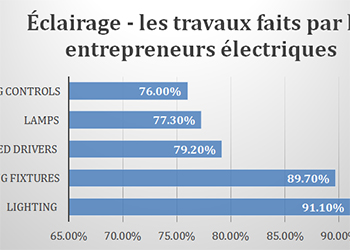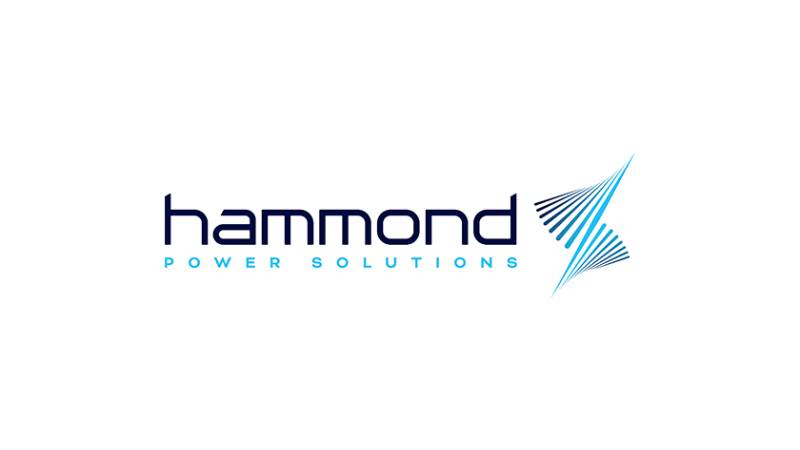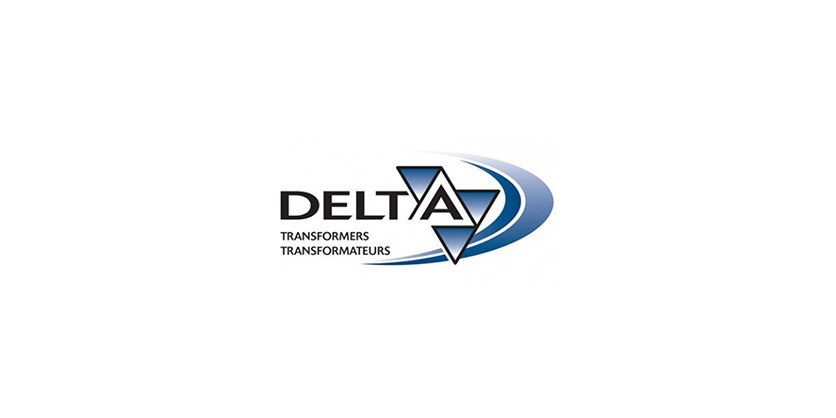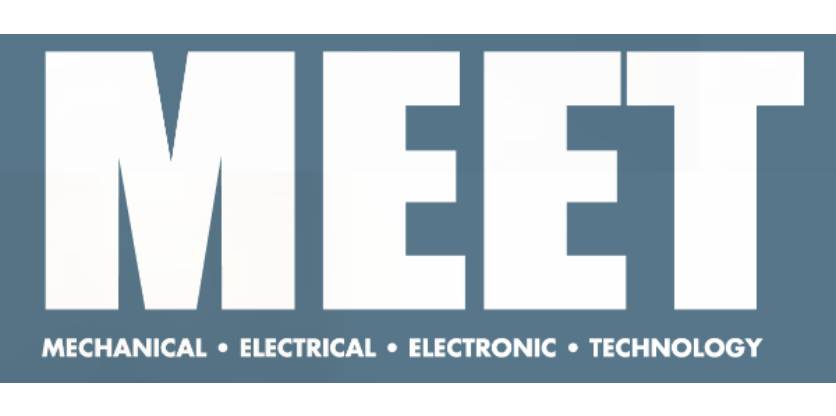Système CEI d’essais de conformité aux normes de sécurité de l’équipement électrique
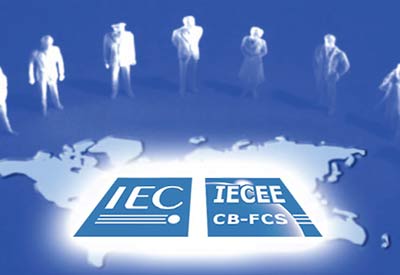
William Burr
Une norme, un test, une marque acceptée là où c’est applicable! Le but des électriciens professionnels depuis des décennies. Pour les fabricants, ça signifie un nombre réduit de différents modèles conformes aux normes, moins de temps pour la mise en marché, le temps pour les tests est réduit ainsi que les coûts de certification. Pour les concepteurs, ça veut dire des choix plus faciles à faire pour les produits dans leurs installations. Pour ceux qui définissent les règlements, ça veut dire des procédures plus simples et un temps moins long pour l’approbation des produits. Pour les consommateurs, ils auraient plus de choix à des coûts moindres. Pour les laboratoires de tests et les organismes de certification, une base de clients plus importante.
One standard, one test, one mark accepted where applicable! This has been the goal of electrical professionals for decades. For manufacturers, it means a reduced number of different standard models, reduced times to market, and reduced testing and certification costs. For designers it means easier choices in matching products to their application. For regulators it means simpler procedures and reduced time for approving products and installations. For consumers it means more choices and reduced costs. For testing laboratories and certification bodies it expands their markets and client base.
Origin
A scheme for the mutual acceptance of test reports and certificates for electrical and electronic products among countries and conformity assessment organizations was a concept that originated with the former European International Commission for Conformity Testing of Electrical Equipment (CEE). It was integrated into the International Electrical Commission (IEC) in 1985 as the IECEE CB Scheme. Each country that is a member of the IEC may join the IECEE CB Scheme, and its national committee (NC) designates one or more national certification bodies (NCBs). In Canada the Canadian National Committee (CNC/IECEE) has designated CSA International, Underwriters Laboratories CA and QPS Evaluation Services as NCBs. Each NCB in turn designates one or more certification body testing labs (CBTL) and associate CB testing labs (ACTL).
Standards
The CB Scheme is based on IEC standards and makes allowances for declared and detailed national differences, special national conditions and regulatory requirements, while encouraging the harmonizing of all national standards with the IEC standards.
CB Test Certificate (CBTC)
A manufacturer or its agent can apply to an NCB for a IECEE CB Scheme test certificate. The NCB will have its CBTL or ACTL test the product to the IEC standard and any deviations for the destination country or countries as outlined in the application (note: the CB Scheme also has procedures for NCBs to accept testing done at manufacturers’ own testing facilities). Once the NCB provides the manufacturer with the CBTC and the test report (CBTR), the manufacturer can then submit it to an NCB in the target country. The recognizing NCB, in addition to reviewing the application batch (CBTC and CBTR), may wish to verify that the product is the same as the sample(s) tested. It may examine some aspects of the construction of the product. Typically, no additional testing is required. The NCBs are encouraged to handle applications for recognition of CB test certificates within 15 working days. The recognizing NCB can then issue a certification based on the CB test certificate. Since the product certification is issued by a recognized NCB, regulatory authorities and consumers in that country will accept the certification.
Organization of the CB Scheme
The Certification Management Committee (CMC) manages the scheme, which includes developing, maintaining and implementing its operating procedures. This includes acceptance of NCBs, CBTLs and ACTLs, and making decisions on new product categories and IEC standards to be accepted in the CB Scheme (note: not all IEC standards are used in the CB Scheme). The membership of the CMC includes the IECEE officers, delegations from member countries, NCB representatives, the chair and secretary of the Committee of Testing Labs (CTL), and representatives of IEC advisory committees.
The Assessment Advisory Group (AAG), a standing committee of experienced IECEE experts, is appointed by the CMC and deals with the overall process of the Peer Assessment Program with the objective of ensuring a consistent and efficient operation of the peer assessment process, in addition to reaching common understanding of the requirements of ISO/IEC Guide 65 and ISO/IEC 17025, used to evaluate NCBs and CBTLs respectively.
The Committee of Testing Laboratories (CTL) consists of representatives from member NCBs and CBTLs. Its objective is to promote technical confidence and consistency that is required to facilitate acceptance of test results among CB Scheme members. The CTL is tasked with the most important management of the test procedures, common understanding and uniform application of the technical requirements in the applied IEC standards, as well as appropriate test conditions, test equipment, and regular proficiency testing programs to ensure all CBTLs and ACTLs are maintaining the integrity of testing protocols. CTL publishes the CTL Decision Sheets, which are intended as normative requirements to be used together with the IEC standards, and to be implemented by all NCBs, CBTLs and ACTLs
Acceptance of NCBs, CBTLs and ACTLs
An NCB, CBTL or ACTL submitting an application for membership or to extend the scope of standards in the CB Scheme must submit through its national member body. In the case of a CBTL or ACTL, the application must be endorsed by the responsible NCB. This results in an evaluation process initiated by the IECEE Secretary. The application is reviewed to ensure conformity with the operating procedures, and a peer assessment team is appointed to organize an on-site assessment of the applicant to verify compliance against ISO/IEC Guide 65 (for an NCB) or ISO/IEC Guide 25 (for a CBTL or ACTL) and the IECEE rules of procedure and operational documents.
The peer assessment procedure is the crux of the IECEE CB Scheme. The assessment team is made up of technical experts from two or more participating NCBs and CBTLs. These assessments ensure that each member and applicant has the technical capability, competence and experience to carry out the required tests against IEC standards and produce test reports acceptable to all other NCBs. The assessment team comprises technical experts from participating NCB and CBTLs. The assessment report is made available to all CMC members for comments and studied in detail by the CMC Assessment Advisory Group. The acceptance of the assessment report is decided by the CMC on the recommendations of the Assessment Advisory Group.
As you can see, the main objective of the scheme is to facilitate trade by promoting harmonization of the national standards with international standards and cooperation among accepted NCBs worldwide in order to bring product manufacturers a step closer to the ideal concept of “one product, one test, one mark, accepted where applicable.”
For more information on the IECEE CB Scheme, visit http://www.iecee.org.
William (Bill) Burr is the former Chair of the Canadian Advisory Council on Electrical Safety (CACES), former Director of Electrical and Elevator Safety for the Province of BC, and former Director of Electrical and Gas Standards Development and former Director of Conformity Assessment at CSA Group. Bill can be reached at Burr and Associates Consulting.







